Ender Lilies: Quietus of the Knights (Switch) Review
The Burden of Duty
What constitutes a Metroidvania is pretty open, even though playing almost any game in the genre immediately reveals what inspired that game’s design. Ender Lilies: Quietus of the Knights proves that I still adore these sorts of games, creating a beautiful story of duty, lineage, tragedy, and hope. With musical themes similar to NieR, fast-paced almost Souls-like combat, and clever item placement that compels one to fully explore the game’s world, Ender Lilies is a game that I picked up on a whim and couldn’t put down. I ended up 100% completing the game, including achievements that were fair and fun to collect. This game is not a cornerstone of the genre that will inspire future games but it is a well-crafted fairy tale with just enough gaps to invoke imagination and philosophical thought.
The art direction used in Ender Lilies has been compared to Hollow Knight, which in some ways makes sense but in others is just unfair. Hollow Knight’s animation is so carefully crafted and damn near perfect. Ender Lilies mostly uses layering to construct its characters, almost like paper dolls. It can at times look pretty stiff and I’m not sure if this was an intentional choice or a budget compromise but it fits the themes of the game well enough. The ethereal fantasy setting is paired perfectly with gorgeous backgrounds and terrifying monsters. Unfortunately, the level design doesn’t do much with this amazing artistic energy but more on that later.
I’ve played several games similar to Ender Lilies but few have struck such a chord with me. When looking to other indies in the Metroidvania space, Ender Lilies feels most like 3000th Duel or even Blasphemous which both mainly focus on dodging through attacks with a dash or roll. The setting is less violent or Gothic than Blasphemous or the wonderfully Bloodborne-inspired Vigil: The Longest Night and closer to the slightly off fantasy of NieR Replicant. Fans of any of these games should at least try Ender Lilies.
Ender Lilies feels laden with secrets and history. The story revolves around a little girl trying to piece together the aftermath of The Blight, taking on that terrible poison into her own body with each soul saved to the point that her body goes from a stark white to one slashed with black and red. This design and narrative element tie perfectly into the game’s themes, creating a fascinating mix prime for storytelling. After just an hour, I had to know where the story ends, resulting in almost 20 hours over the course of two weeks. There are some sinister creatures and absolutely tragic twists. There’s a lot to uncover for those who enjoy diving into game lore.
The game features action that is interesting because of the stellar theming but I admit that I found a few tools and stuck with them. The main character, Lily, is able to partner with the various lost souls of this world, known as Spirits. She first is met by a stoic Umbral Knight, her guide and in many ways her voice. This gives the player a simple sword attack where the knight manifests in front of Lily; this and other soul attacks can be upgraded for more combos, faster animations, better attack values, and more. Primary souls function as main attacks, supplemented by two secondary Spirits that are more akin to abilities seen throughout Castlevania like summoning a crow familiar that shoots projectiles or spewing a toxic cloud. Each ability is complemented by the summoning of those characters and monsters, meaning that Lily relies on the strengths of her allies primarily. However, secondary abilities and some primary ones have a limited number of uses and a cooldown to consider. Lily isn’t entirely defenseless as she can dodge through enemies and she’s fairly athletic. All of her attacks come from those Spirits. Two loadouts of one primary and two secondary spirits can be used at a time, switching with a button press.
Through purifying the Blight, Lily is able to gain more Spirits and strengthen her team. Stagnant Blight is the most common, used for secondary Spirits while Furious Blight upgrades primary Spirits. The Umbral Knight can only be improved through Ancient Souls, which seem to typically be fellow fallen knights. These resources are the main reward for exploring the game’s world, making combing through the map worthwhile and rewarding. Other items that round out Lily’s kit include relics that add passive bonuses and skills that open new pathways such as a ground slam or a dash. For the most part, I stuck with moves that worked with the Umbral Knight’s swings and generally increased my defense. Dodging through attacks and landing hits feels great but there do seem to be several ways to play. Once I was given an ultimate attack for each weapon, I used the invincibility frames of Umbral Knight’s skill to avoid taking damage, something that was extremely valuable in the final boss fight.
There is a lot of combat to be had in Ender Lilies, sometimes too much. Most of the level design is simple and later sections rely on filling spaces with way more enemies than needed. One of the last areas involves a toxic mist and engorged beasts that deal an enormous amount of damage. This area also has one of the most irritating sound effects in music I have ever heard. It’s sort of like the groans made famous in the Grudge horror films. I turned off the music in that area. Aside from too many enemies in places and some points of frustration, Ender Lilies is a well-paced journey that was a joy to explore.
I am sure that the game’s story has more lore for me to piece together. There are notes to find that further connect dots and flesh out the world. It’d be interesting to see this setting explored further in another game as there’s so much here that I enjoy. I think I would’ve been further pulled into the story if the cutscenes had voice acting. They’re a little too slow in their current form and a voice-over would have added more gravitas to the story.
All things considered, Ender Lilies: Quietus of the Knights is one of the more memorable Metroidvania games I have played in a while. I don’t really feel much of a need to go back to it aside from finishing a New Game + run or attempting the Boss Rush mode but I think it’s a title that deserves more attention. The soundtrack is so beautiful and ethereal that I think it stands among some of gaming’s great compositions. I really hope that developers Live Wire and Adglobe continue to create games and I am marking Binary Haze Interactive for future publishings.
SCORES
GAMEPLAY - 8/10
VISUALS - 9/10
SOUND - 10/10
CONTROLS - 8/10
REPLAY VALUE - 7/10
OVERALL - 8.4/10
More information about Ender Lilies: Quietus of the Knights can be found on the official website. A digital copy was purchased by the reviewer. Screenshots were captured using the native features of the Switch.


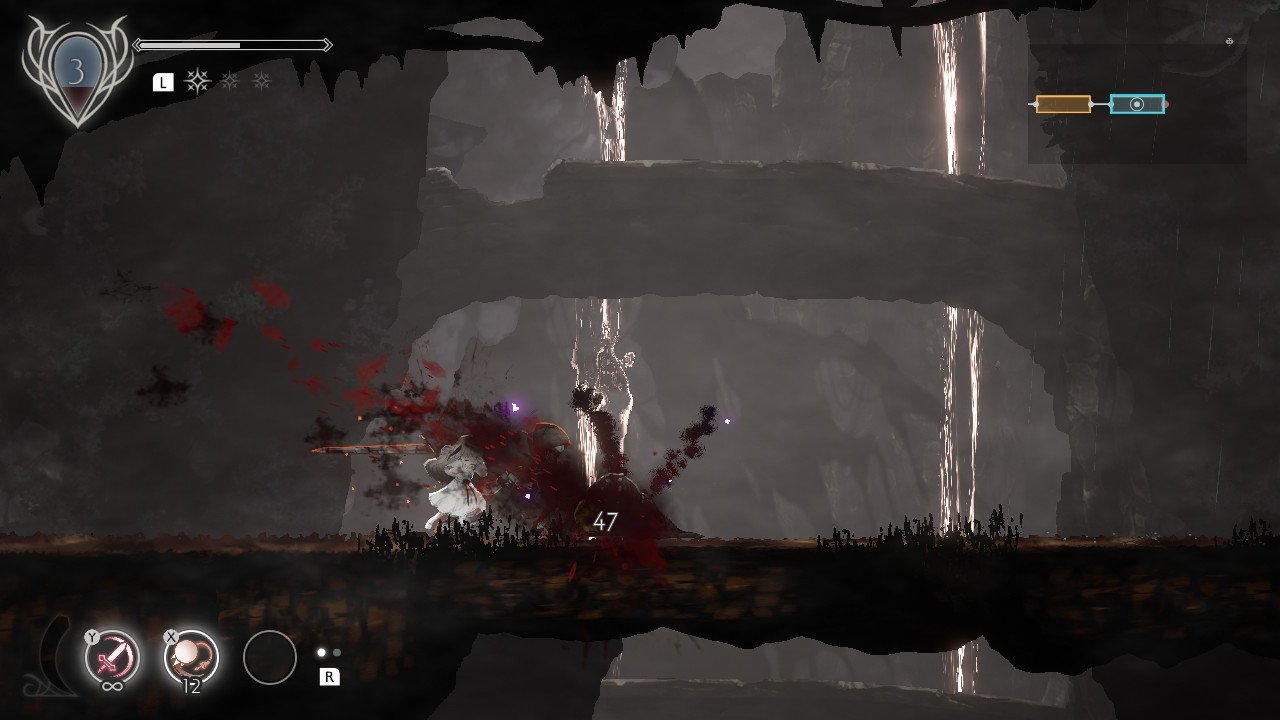
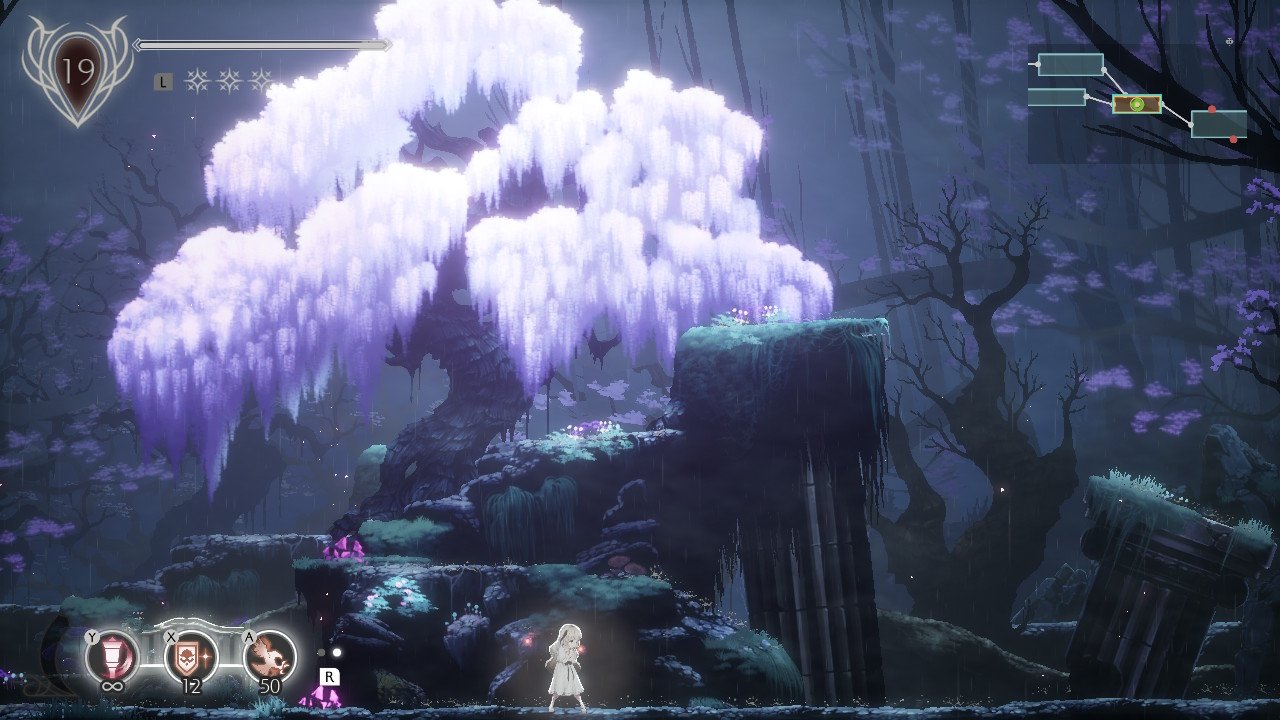
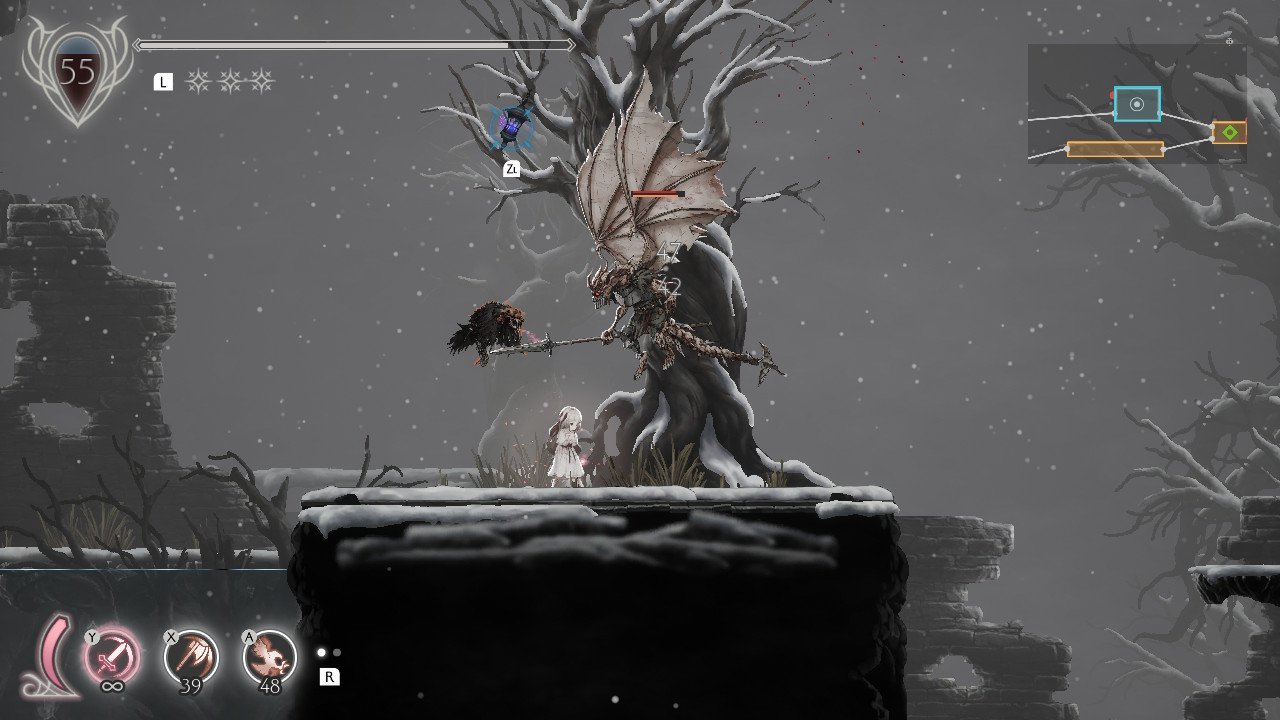
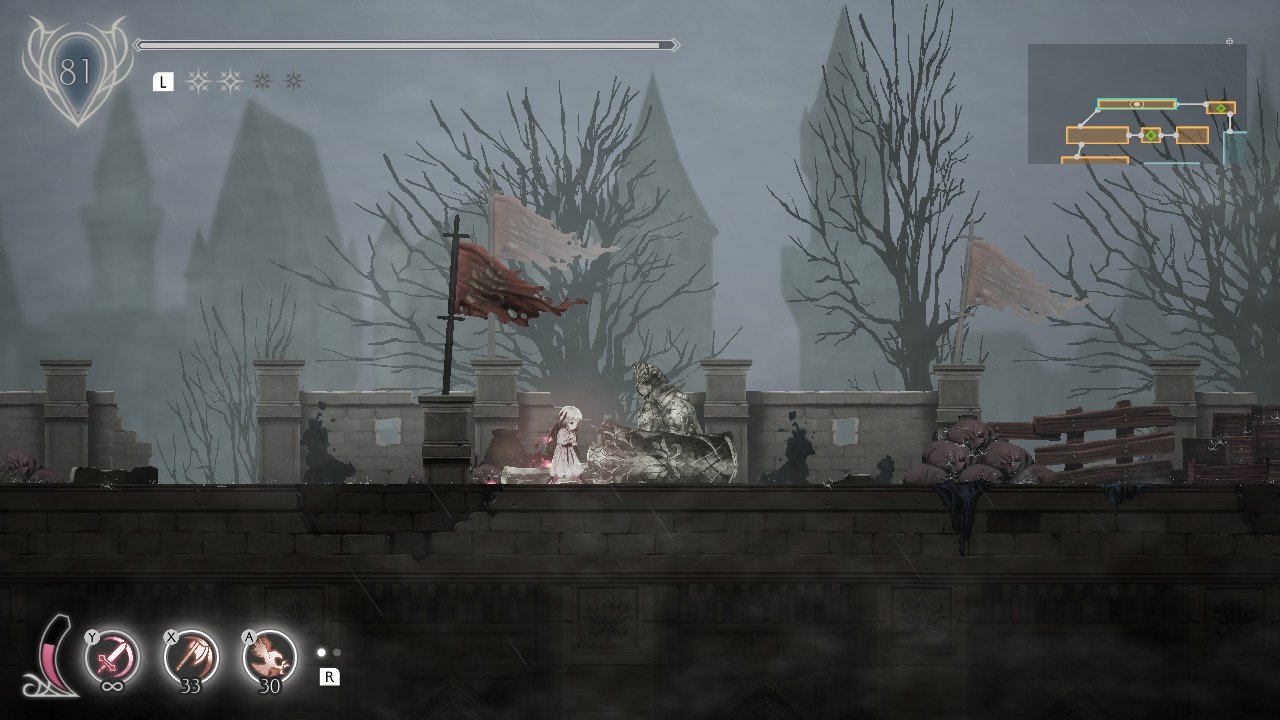
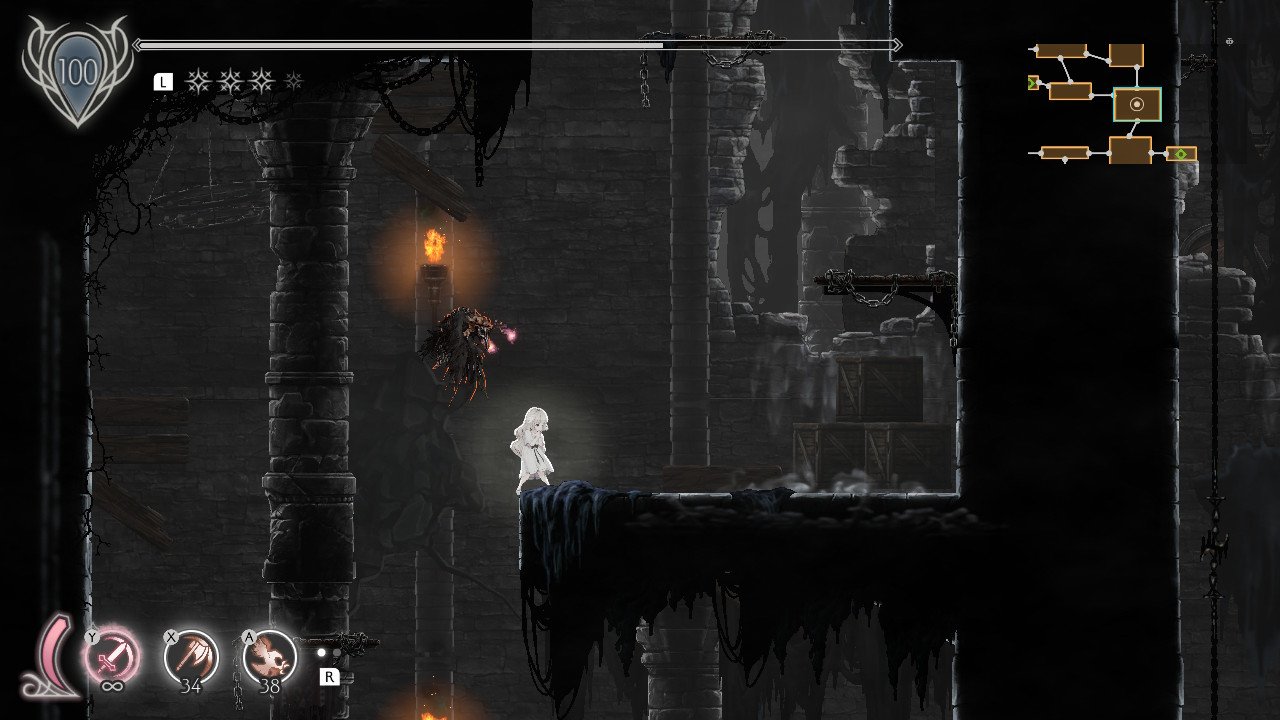



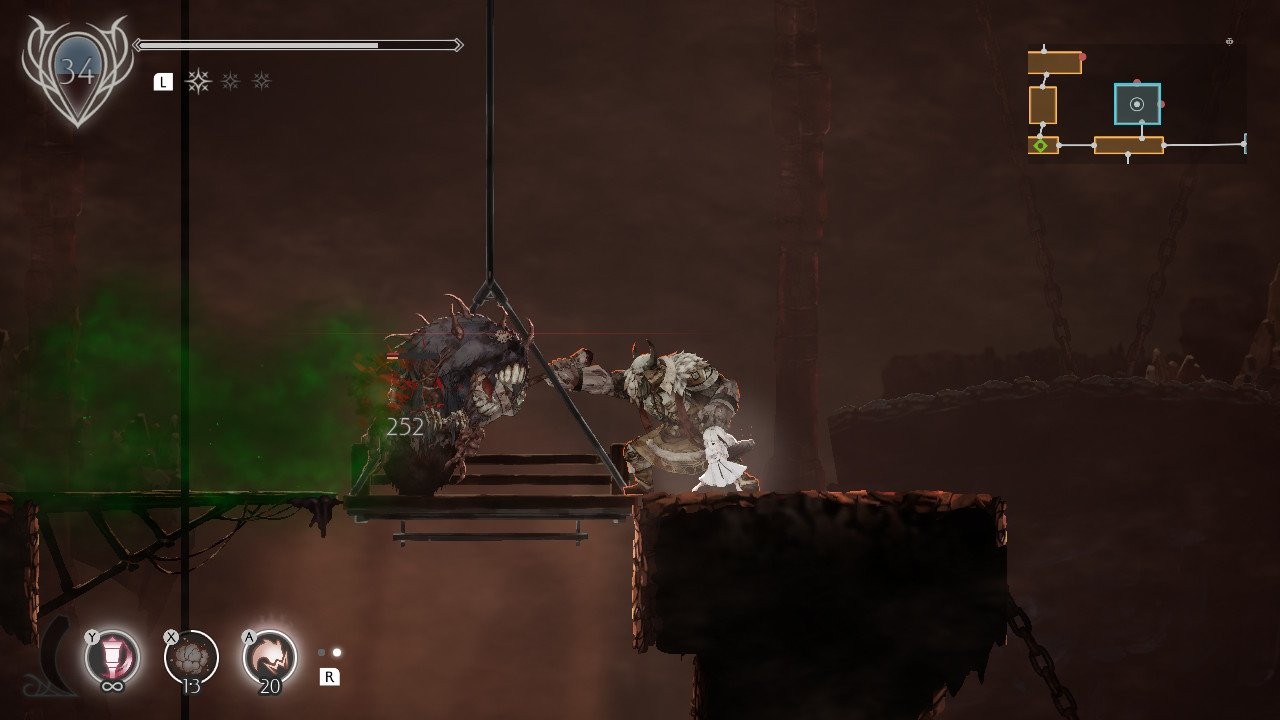



Metroid Prime Remastered hits Nintendo Switch in a surprisingly impressive fashion, creating a definitive way to relive one of Samus Aran’s greatest adventures.